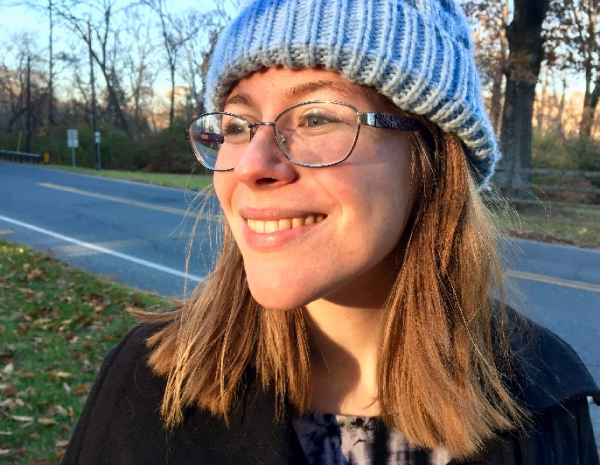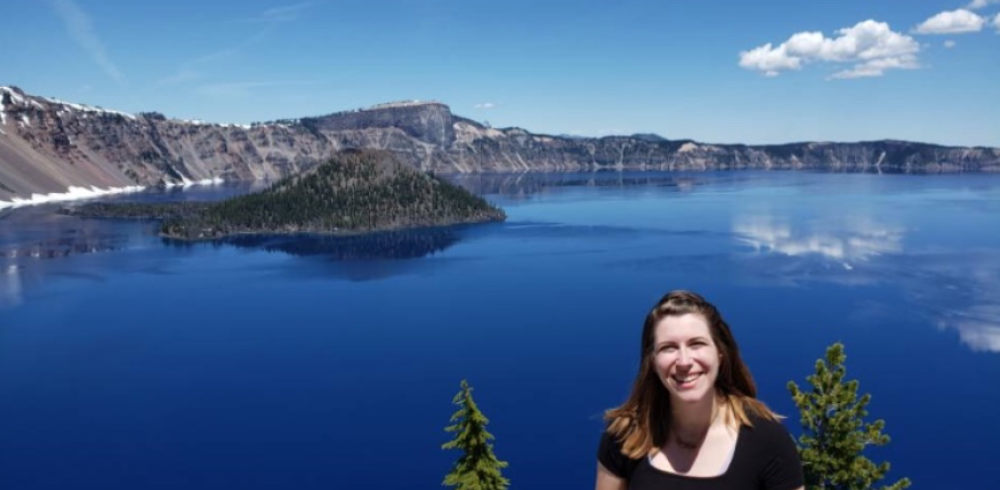
My most vibrant memories throughout my childhood and adolescence took place outdoors. I’ve always had a fascination with nature — I spent a lot of time as a child catching worms, wolf spiders, and caterpillars to craft loving homes for, making potions and mud pies out of random plants growing in the backyard, and exploring the local creek. (I particularly recall one day-long creek romp with a friend that almost got us reported missing.) My time with nature challenged me to push my edges, develop skills, and foster an inner resilience and creativity. It also helped me implicitly understand the relationship between people and our environment — not as separate and opposed entities, but as an interconnected web of existence of which people are one small, yet significant, part.
When I was deciding what I wanted to do with my life, one question I asked myself was, “What’s the biggest problem in today’s world that I feel called to solve?” And that answer was climate change, nature disconnection, and environmental justice. Every time a students’ eyes light up at experiencing the rough scales of a hogchoker, the fur-filled scat of a coyote, or the high hyena-like call of a bald eagle, I feel like I’m making a difference. At overnight programs, students frequently report a greater feeling of calm, curiosity, and connection after a day immersed in a natural setting. And when they leave our program, they take that emotional connection with them.
In order for people to commit to policies that protect the planet, they have to care. Every single person I’ve met who has dedicated their life towards a particular cause does so because they feel emotionally connected to it. After every field trip, Captain Aaron encourages the students to go home and tell their families not just that the trip was “good” or “cool” — but to tell them what they experienced, saw, and felt. That connection, that impact, ripples outward from the student into their friends and family.
During a typical non-COVID time, I would be based at Presquile National Wildlife Refuge — a place I lived for eight months last year as an Americorps intern. I might be leading a sunset nature hike with an overnight school group, observing flocks of migrating birds, or facilitating water quality experiments on The Spirit of the James. Instead, our Education team has been rising to the challenges of the times with virtual lessons, small-group adventures on the James, and Connect to the James canoe paddles. This summer, I also had the opportunity to join JRA’s Advocacy team as the 2020 Water Quality Coordinator for our citizen science E. Coli monitoring program, the James River Watch. It’s been an honor to get to know JRA better, and I’m proud that our Education team has found safe ways to continue providing opportunities for people to get to know their river on a deeper level.

